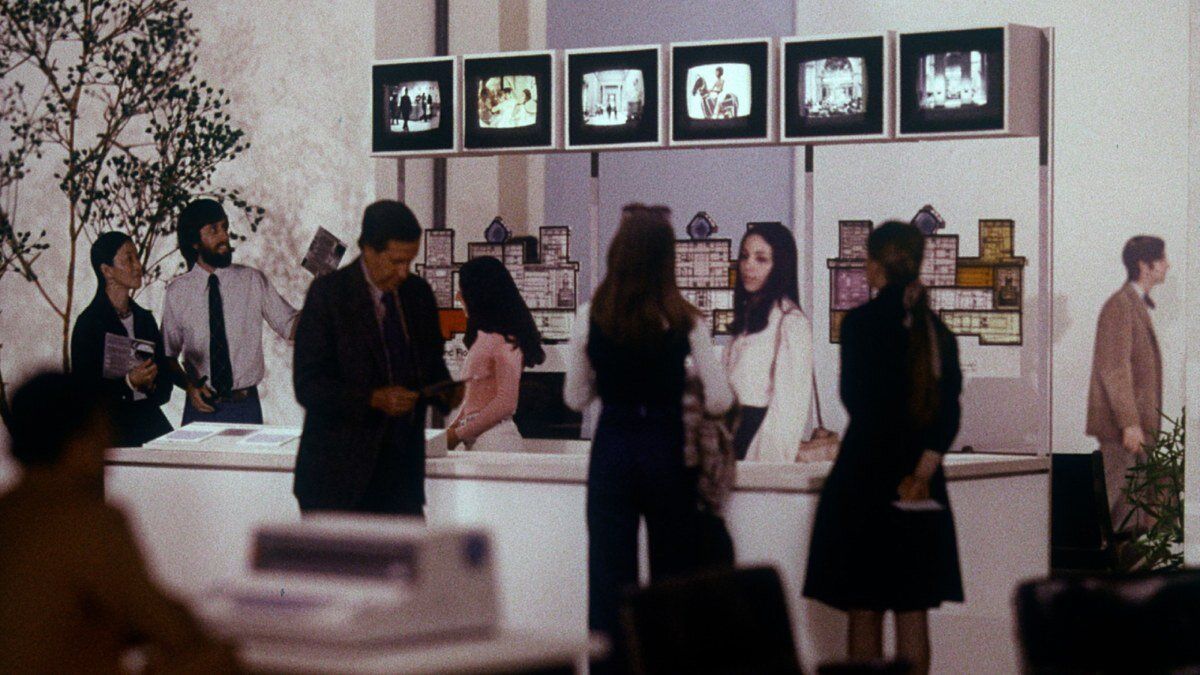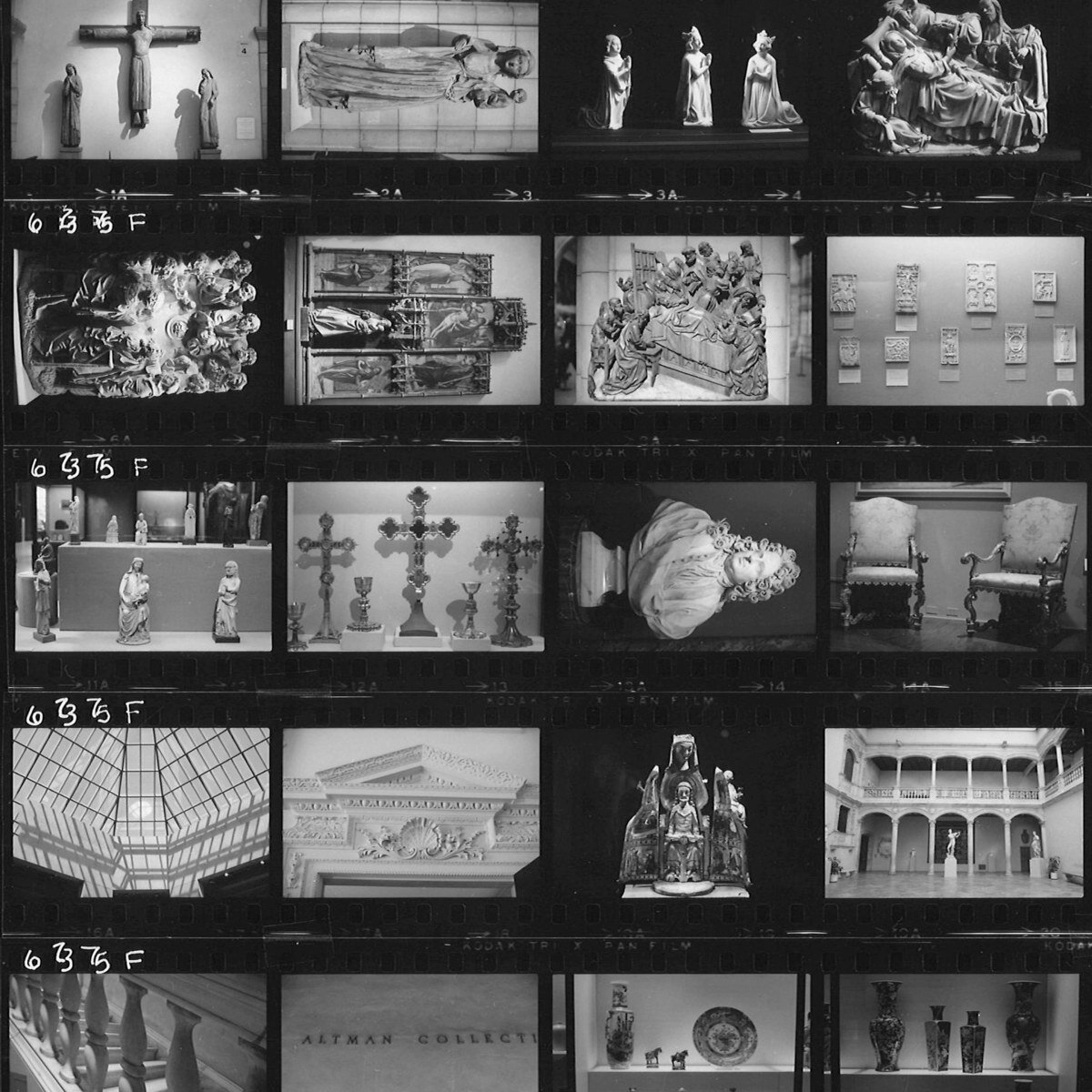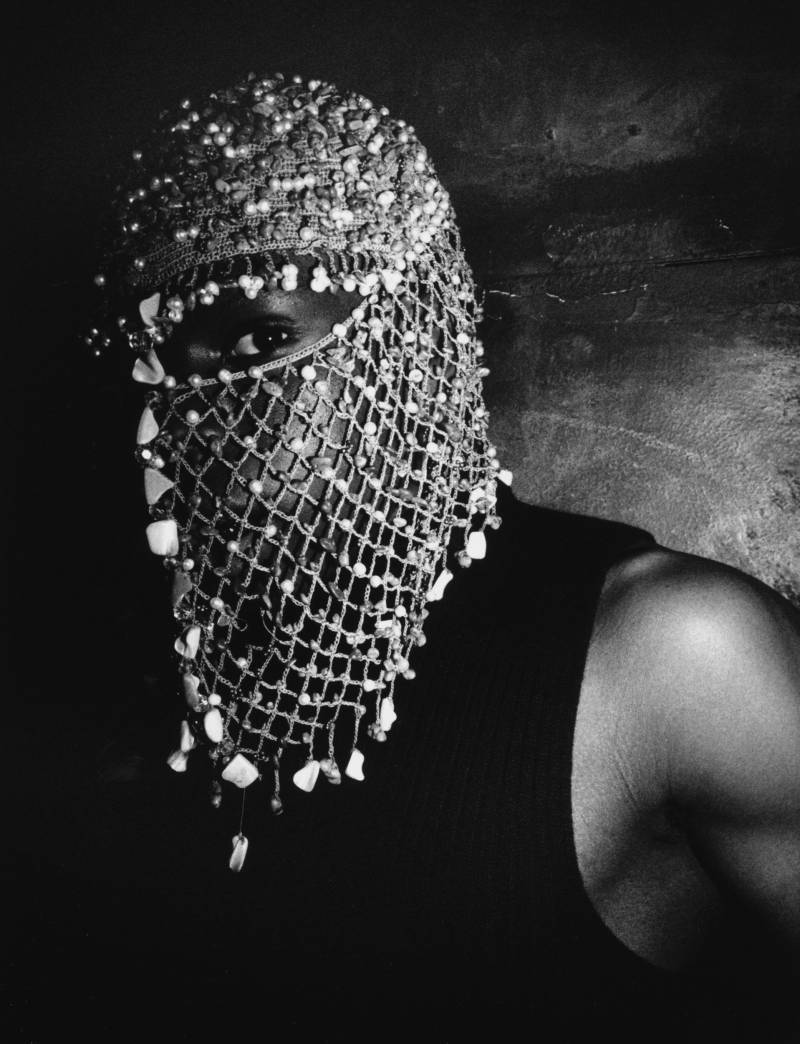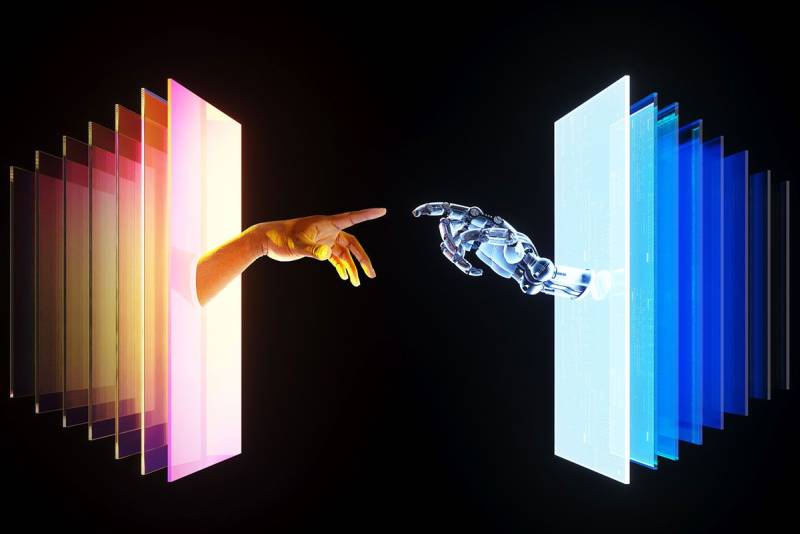In 1975, renowned American designers Charles and Ray Eames put forward a groundbreaking concept to transform how visitors engage with The Metropolitan Museum of Art. Their forward-thinking proposal, commissioned under the leadership of then-Director Thomas Hoving, sought to bridge the gap between the public and the museum’s vast collection using innovative design and early digital technology. Now, 50 years later, their short film—one half of the visionary submission—has been restored by the Library of Congress, offering a new generation the chance to experience their timeless ideas.
The Eameses’ proposal was presented in two parts: a physical maquette representing a redesigned gallery layout and a short film detailing their vision for a more dynamic, accessible museum experience. At the heart of their vision was a radical departure from traditional museum design. Instead of treating the museum as a passive space for viewing static artworks, the Eameses envisioned The Met as an active host—one that guides, educates, and connects visitors to art through personalized and meaningful interactions.

A central feature of the proposal was the "Information Hall," an ambitious concept decades ahead of its time. The hall was imagined as an engaging hub filled with computer terminals, offering visitors the opportunity to create custom museum tours based on their interests. This was an extraordinary idea in 1975, predating mainstream public access to computing and foreshadowing today’s use of interactive digital tools in museum settings. Alongside the terminals, the hall featured an expansive, visually rich timeline of art history designed to contextualize artworks within their broader historical and cultural narratives.
Related article - Uphorial Sweatshirt
The accompanying film, produced by Charles and Ray Eames, was a visual essay that brought these ideas to life. Blending their signature storytelling style with multimedia experimentation, the film illustrated how the museum could foster deeper visitor engagement. Through animations, voiceovers, and cinematic walkthroughs of the proposed layout, the film conveyed a sense of how technology and design could humanize the museum experience without diminishing the integrity of the art itself.

The Met
In 2025, the Library of Congress completed a full digital restoration of this film, preserving not just a record of the Eameses’ proposal but a valuable cultural artifact. The restoration process included frame-by-frame color correction, audio enhancement, and digital stabilization, ensuring the original intent and detail of the film remain intact. Its release provides contemporary audiences with insight into a moment when The Met was actively exploring how design could shape institutional identity and visitor experience.
Though the proposal was never fully implemented, its legacy endures. Many of its core concepts—personalized museum experiences, integration of technology, and reimagined spatial design—are now central to modern museology. Institutions across the world use mobile apps, interactive displays, and user-tailored content to enhance engagement, much in the spirit of what the Eameses proposed half a century ago.
The resurfacing of this proposal in the digital age reaffirms the Eameses’ status as visionaries not only in design but in cultural innovation. Their work challenges museums and public institutions to think beyond preservation and presentation, pushing toward connection, personalization, and exploration. The restored film stands as both a historical document and a blueprint for the future, showing how deeply thoughtful design can transform the way we encounter culture.
In an era where museums are re-evaluating their roles and how they serve increasingly diverse audiences, the Eames proposal from 1975 feels remarkably contemporary. It reminds us that the dialogue between the past and future is not just about what we preserve, but how we engage with it.



